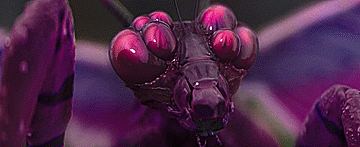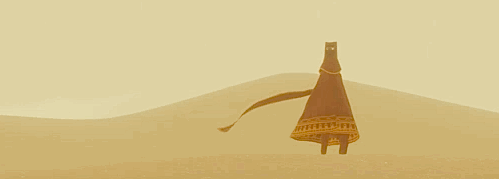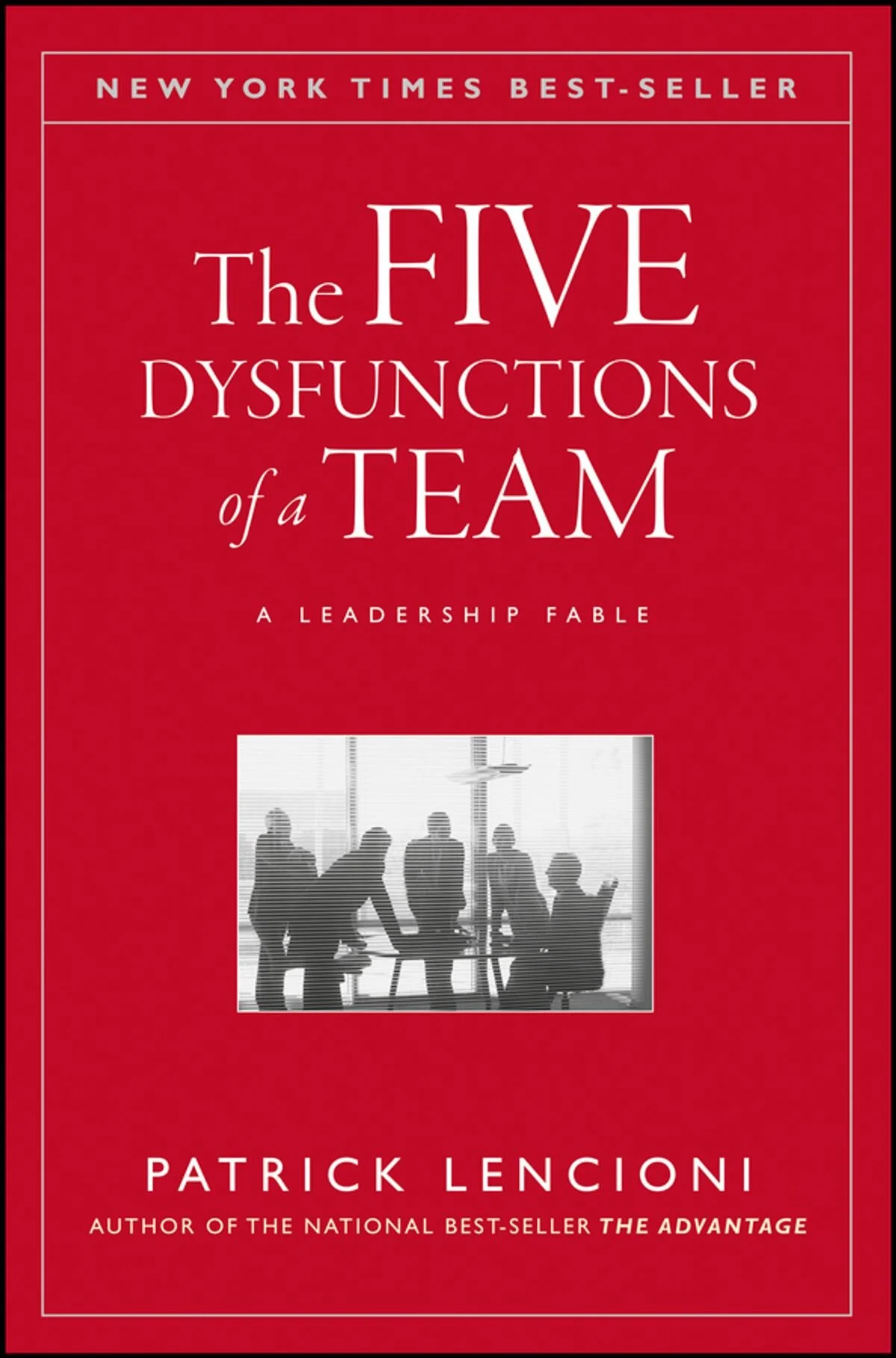Lucius if you test positive and survive this you’re officially our strongest friend
- Josh via text, March 20th, 2020
Guess who turned out to be the strongest friend. I got a mild case of COVID-19 in the second week of March. No idea where I picked it up. It started with a sinus headache (which I attributed to allergies), then a cough, then fever and chills. What really threw me for a loop was the fatigue. I was fortunate enough to be tested, though I was already through the woods by the time the results came back. The last day before recovery was the worst. I had no energy and I started having trouble breathing.
The thought crossed my mind, “Is this how I’ll feel forever?” A silly notion. Granted, I’ve been fortunate and rarely fallen sick. The occasional cold, a few infected bug bites in Southeast Asia, never had the flu. This was a new and uncomfortable experience for me. Thankfully, I woke up one day with my fever broken and able to take a deep breath.
Consuming media while sick and delirious was… an experience. My picks didn’t help either.
Color Out of Space
I didn’t need help inducing a fever dream, but Nicolas Cage (the true Tiger King) was happy to oblige. Unfortunately, Nick and a violent shade of pink were the only high points of this adaptation. The movie is disturbing thanks to some unsettling body horror involving llamas, but measured against a peer with a similar concept and visual weirdness like Annihilation (2018), it left a lot to be desired.
I enjoyed Cage going full Cage though. And I’m still determined to read the source material.
Beastars
Why did I decide to watch the furry Netflix anime? Ask my corona brain. Imagine Zootopia (2016) with a hard R; you’re not far off from the Beastar experience. This high school anime starring anthropomorphic animals delves far deeper into a society where carnivores and herbivores live as uneasy neighbors than the Disney feature. The series opens with a carnivore chasing down and eating a classmate. Herbivores discriminate against carnivores because of their savagery. Later, we discover adult carnivores frequent a black market full of meat sourced from hospitals. The protagonist, an angsty wolf, stumbles upon this macabre bazaar and promptly a homeless herbivore tries to sell him his own fingers as a snack.
Throughout all this, our wolf protagonist is doing normal high school things like attending classes, deciding where to sit in the cafeteria, and stressing about his role as a stagehand in the drama club. Then he meets a pretty rabbit. Interspecies relationships are already frowned upon. Carnivore/herbivore, unthinkable. And his emotions are so murky that he can’t decide if he wants to bed her, or eat her.
Then a smoking panda helps him take down the lion mob? I wonder if I hallucinated all this.
Journey
Finally, a pleasant delirium. Journey is a classic video game that launched on PS3 in 2012. I’ve been meaning to play it for years. Feverish, fatigued and sprawled on the couch, I couldn’t muster the focus needed for Death Stranding so this art game seemed like a good alternative.
Journey is short and the premise is simple: go to the mountain. Over the next few hours, I glided through desert, wound my way through ruins, avoided ancient sentries and braved a blizzard to reach my destination. I arrived with a deep satisfaction.
Journey is not about precise gameplay. It is an experience. The gorgeous landscape and curated lighting work together to create a melancholic expedition. I often had to stop playing to appreciate the breathtaking vistas. It truly feels like an interactive art piece.
I may have to play it again without the COVID induced mind fog.
The Five Dysfunctions of a Team
I treasure my homeschool experience mainly because of the unique curriculum my mom picked. It utilized your typical textbooks for history, science, etc. Then it paired each subject with dozens of novels related to the topic. Biographies about researchers and their discoveries. Historical fiction set in and around actual events. Fiction written during the era we were studying. We were constantly reading stories.
Consequently, most of my life lessons were learned through narrative devices (especially in the form of fiction) rather than textbooks, charts or articles. Fiction was even responsible for several personal spiritual revelations.
It’s not surprising that I have a strong preference for narrative in the media I consume. Instructive essays and several other genres of nonfiction I reductively refer to as “self-help” do not hold my interest in the slightest. Five Dysfunctions falls into this bucket of disinterest, but it seemed prudent to read since I currently work in an office on a team.
Also, it was the only “work” I could manage while ill on the couch.
Lencioni illustrates his concepts through a fictional scenario which I grudgingly appreciate. While I did not enjoy the tale (it felt contrived, though that’s kind of the point), Lencioni did communicate his ideas more effectively than a dry explanation. Five Dysfunctions demonstrates what a healthy team culture looks like and I’m better for it. If I consume any more “self-help” in the future, I much prefer Lencioni’s narrative approach.




